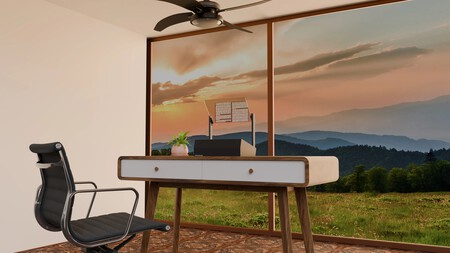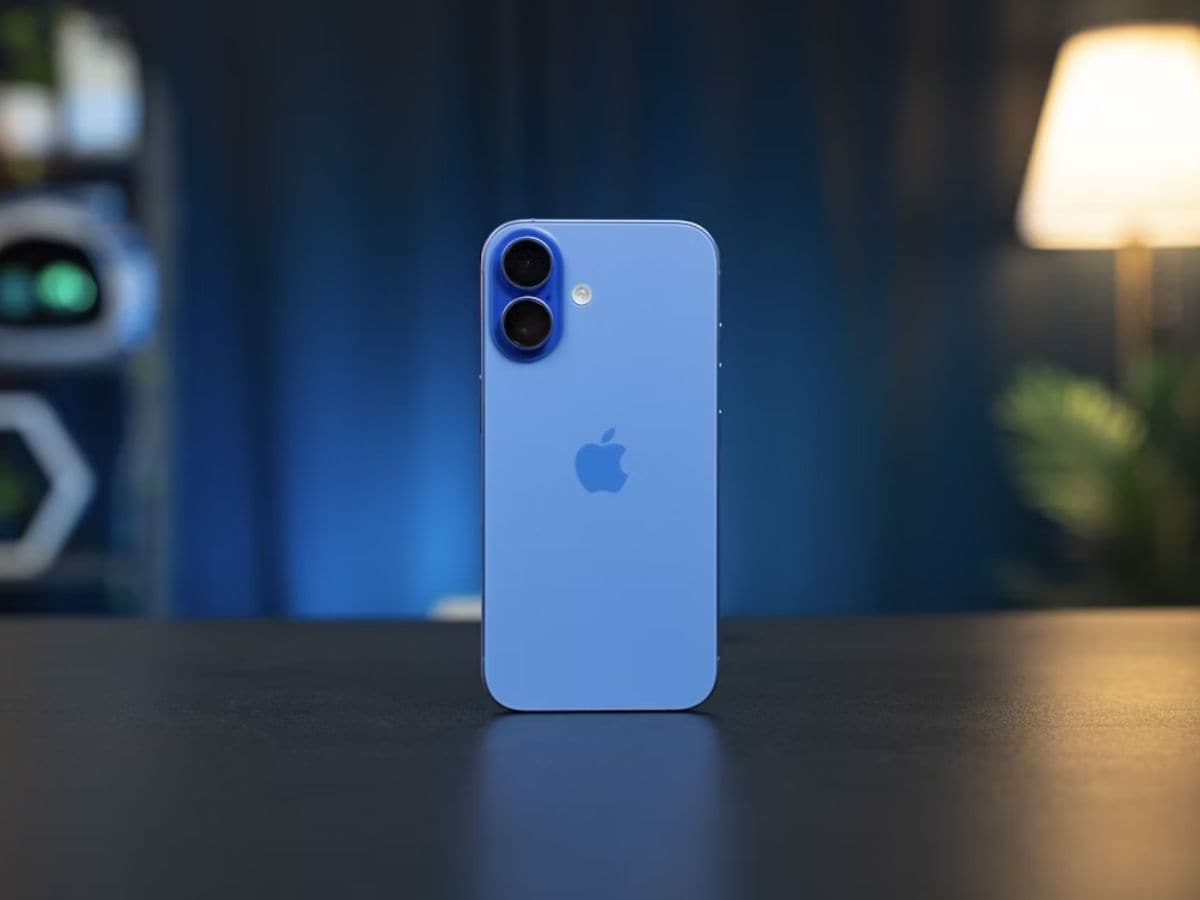The idea of “seeing through” the screen is not new. For decades, HUDs have projected data on the windshield of airplanes and today many cars offer their own versions to show speed or navigation without taking your eyes off the road. That principle, project or reflect information on a transparent elementis the one that Visual Instruments claims to have brought to the desktop with Phantom, a monitor that seeks to mix the digital and the physical and that adjusts its transparency in real time.
Phantom does not use a panel that becomes transparent on its own, but rather an optical assembly similar to that of a teleprompter or HUD. The image is reflected in a tilted glass and thus appears to “float” over what is behind, with an opacity control that allows it to go from transparent to opaque. The company presents it as “the first transparent computer monitor.”
The key to the invention is in the optics, not in a futuristic panel
According to the manufacturer, Phantom is presented as a 24-inch monitor in 16:9 format with 4K resolution. The company sets the brightness in a range from 5 to 5,000 nits and places the color coverage at 100% sRGB, figures that must be confirmed when the product reaches the hands of users and analysts. As for the connection, it is limited to the most common options: USB-C with DisplayPort and HDMI, without the need for additional software to work.
{“videoId”:”x87bool”,”autoplay”:false,”title”:”How to CALIBRATE your MONITOR for VIDEO GAMES and enjoy it to the fullest”, “tag”:”monitor”, “duration”:”230″}
It is worth putting it in context. Transparent screens have been appearing in consumer markets for years. LG has been marketing a 77-inch transparent OLED TV since 2024. Lenovo, for its part, has also developed a concept laptop with a transparent panel. The difference here is key: those products use transparent base panels, while Phantom uses, as we say, HUD-type optics. They are different technological routes, with different commitments and limitations.

Aspects such as contrast, color representation with different ambient lights, the presence of reflectionsuniformity or comfort in prolonged use remain unknown. It is also unclear to what extent alternating between the monitor and the background can translate into real relief from eye strain beyond the idea put forward by the manufacturer. Everything will depend on the first independent tests and the measurements that are published when demonstration units exist.
Amazon: after a week of use it became clear in which situations it can make sense” width=”375″ height=”142″ src=”https://i.blogs.es/045abc/maxresdefault/375_142.jpeg”>
In WorldOfSoftware
There is a cheap TV sweeping Amazon: after a week of use it became clear in which situations it can make sense
Phantom arrives, therefore, as a suggestive idea that has yet to demonstrate whether it can be sustained in everyday use. The commercial status points to a very early and selective launch. The Founders Edition is limited to ten units intended for early adopters, with shipping expected in Q4 2025, 30-day returns, and a one-year warranty. The Price is not definitive: each unit is configured to measure, but the company itself compares it with an Apple Studio Display whose price in Spain starts at 1,779 euros.
Images | Visual Instruments | Telstar Logistics
In WorldOfSoftware | Xiaomi TV S Pro MiniLED 2026, analysis: the juggling act of wanting to offer the quality of a high-end and the price of a mid-range
(function() {
window._JS_MODULES = window._JS_MODULES || {};
var headElement = document.getElementsByTagName(‘head’)(0);
if (_JS_MODULES.instagram) {
var instagramScript = document.createElement(‘script’);
instagramScript.src=”https://platform.instagram.com/en_US/embeds.js”;
instagramScript.async = true;
instagramScript.defer = true;
headElement.appendChild(instagramScript);
}
})();
–
The news
A company claims to have created the first transparent computer monitor: it has borrowed technology from aviation
was originally published in
WorldOfSoftware
by Javier Marquez.












